 Transitioning from one home to another.
Transitioning from one home to another. Back in the late 1990s, my husband and I leased a hunk of farmland. We leveled and smoothed it out, hooked up our mobile home, and planted grass, trees, and a few bushes. Over time, we transformed the former cornfield into a lovely little homestead.
After Bob passed away in July 2020, it was no longer the same. Everywhere I looked reminded me of my loss. I wanted to move. I dreamed of buying a place to plant many native flowers, shrubs, and trees - my own pollinator paradise. Unfortunately, that was a fantasy my budget prohibited from ever coming true.
A girl can dream, though. I shared this dream with friends, and one of them decided to help me turn my wish into a reality. A few months ago, we joined forces to look for land where we could each set up a home. I was so excited! We searched for acreage with various types of habitat – wetland, wooded, and cleared – and planned how to create our own wildlife sanctuary. It would take time, but we were in no hurry.
Then came the bad news. The land where my little trailer has sat for over 20 years was being sold, and I had 30 days to vacate the premises. I couldn’t believe anyone could heartlessly throw a 65-year-old widow out of her home, especially over Christmas. Money and greed bring out the worst in people, I reckon.
Well, long story short, we found a place. It won’t be ready within 30 days, but I really don’t care. Like I told the landowner; I’m doing the best I can with what I got. What can they do, evict me?
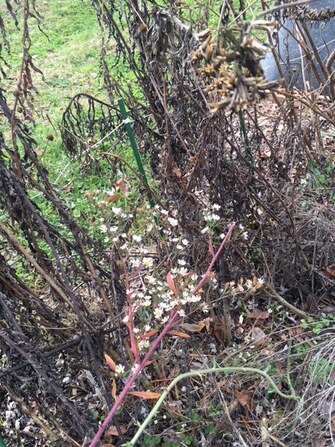 Late December in my garden: the asters are still blooming and the swamp sunflowers and evening prmrose offer lots of seed for birds to munch on as well as foliage for insects to nest in.
Late December in my garden: the asters are still blooming and the swamp sunflowers and evening prmrose offer lots of seed for birds to munch on as well as foliage for insects to nest in. During December, I wasn’t the only one looking for a home. Most of my time was spent sorting through 30 years’ worth of stuff, sorting out the keepers, things to give away, and the useless garbage nobody wants. However, I didn’t let the time constraint keep me from my daily walks.
It was easy to see I wasn’t the only one madly rushing around looking for a home.
Birds didn’t take very kindly to me disturbing them as they prepared their overwintering grounds in the woodlands surrounding the fallow fields. They were busy taking advantage of summer’s vegetation as it wilted away, cushioning the interior of their shelters and covering the ground, protecting all who retreated to those safe havens.
Goldenrod, asters, and other late-blooming plants provided pollen for the insects stocking up for the winter as they instinctively worked toward preparing a nice warm spot for themselves with plenty of food for their offspring.
Hopefully, the bees, butterflies, wasps, moths, fireflies, ladybugs, and ground beetles will take advantage of the leftover plant stems, fallen leaves, and bare ground in the garden beds for their nesting. I’ve also left plenty of leaf litter and brush piles to provide shelter from predators and the elements for any bird, possum, rabbit, pollinator, snail, worm, millipede, or other critter that needs it.
Mother Nature has taught me a valuable lesson. No creature, whether it has two, four, six, eight, or no legs, should ever be homeless. Every living being deserves the basics of food, water, and shelter.
Contributing to nature means so much to me. Little things that you and I can do make a big difference to the living beings with whom we share this planet. Just leaving a pile of leaves or brush, not removing dead flowers from the garden, and leaving snags and decaying trees where they are create homes for insects, birds, and animals. It doesn’t cost anything, and the rewards for them and us are priceless.
In closing, I realize this wasn’t a December not to remember. My life has turned a corner, and I will be safe and warm this winter. Plus, I have been able to provide shelter for the creatures with whom I have been sharing this precious piece of land before I leave.

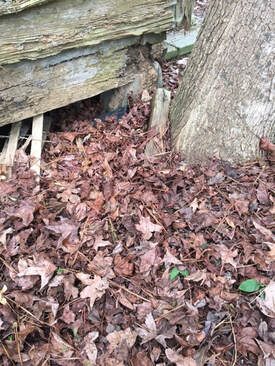
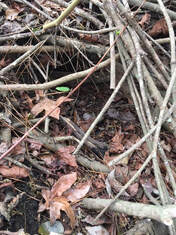
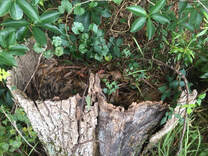
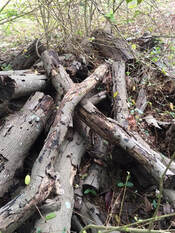
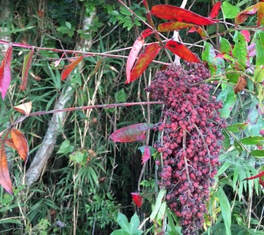
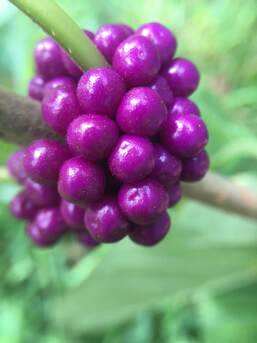

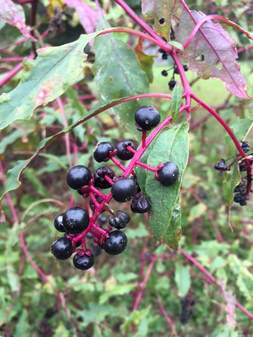
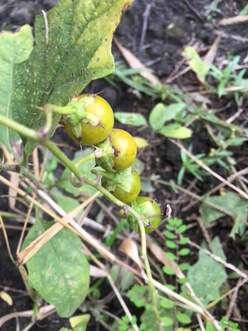
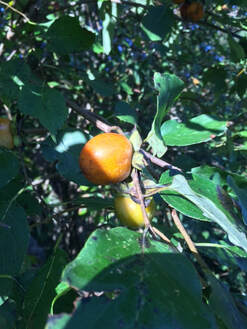
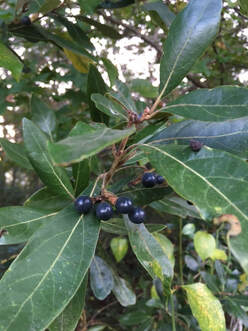
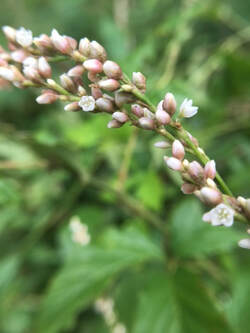
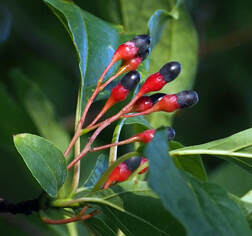
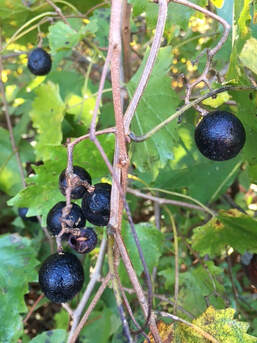
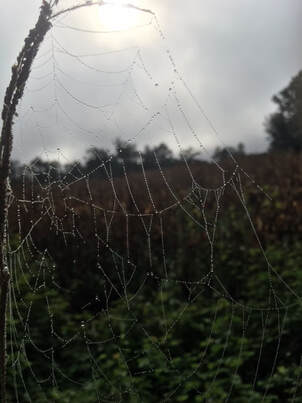
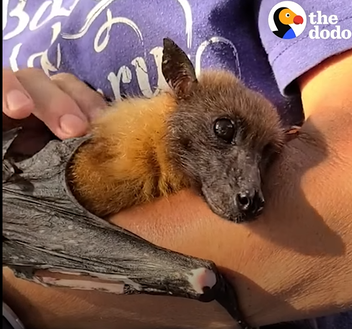



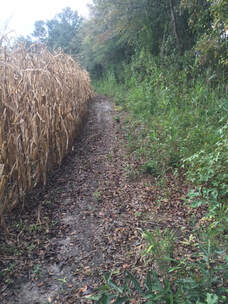
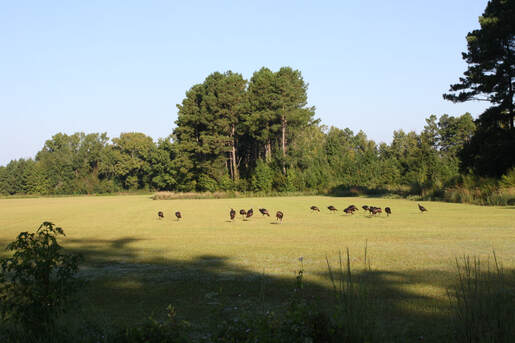
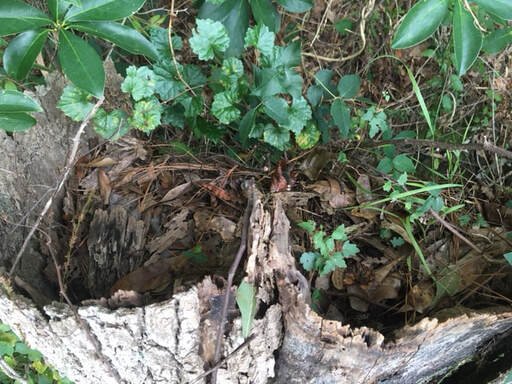
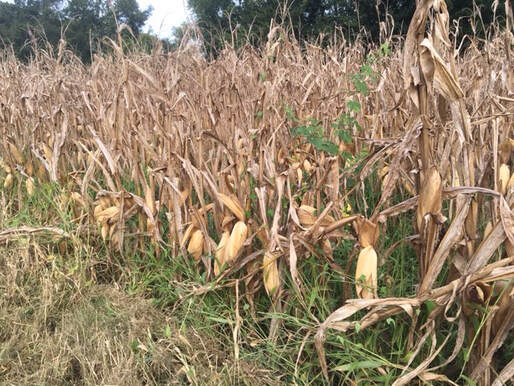
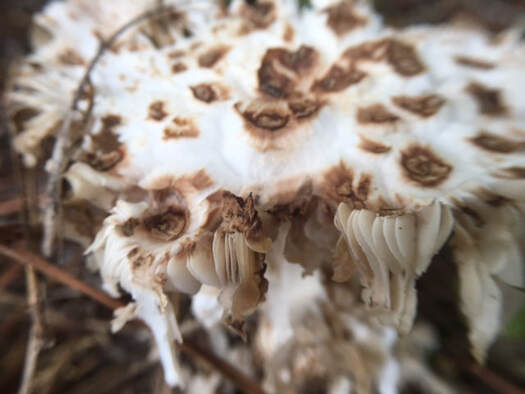
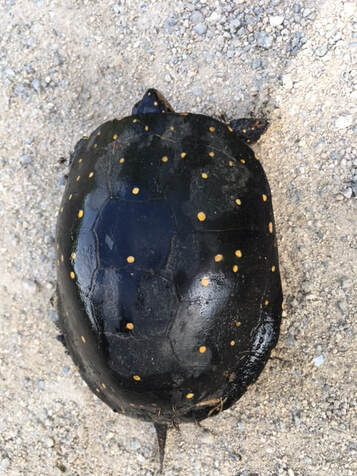
 RSS Feed
RSS Feed
